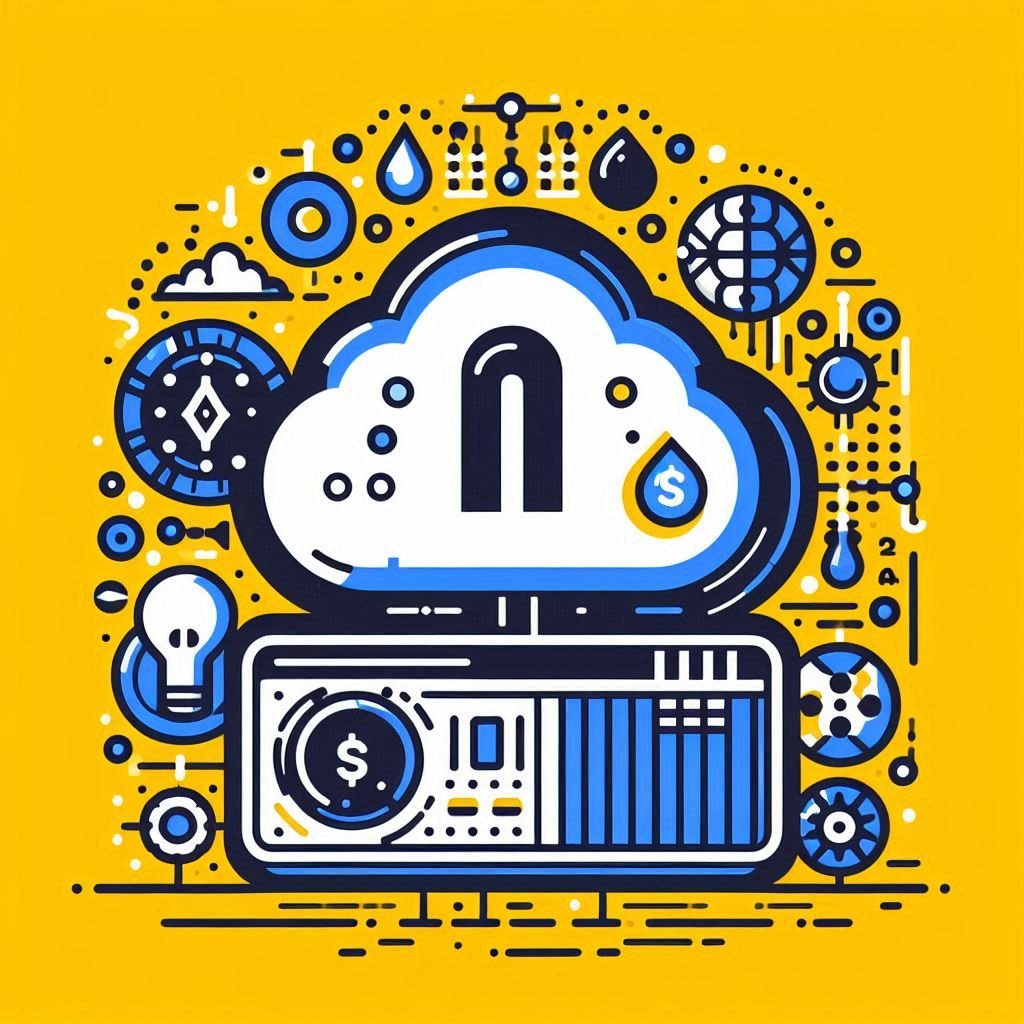AI, Data Centres, and Energy Demand: Latest Figures
The rise of artificial intelligence is triggering a rapid transformation in global energy use — and much of that starts with data centres. These facilities are the digital backbone of the AI revolution, processing everything from search queries to massive machine learning models. But that computing power comes at a cost: energy. As more advanced AI tools emerge, they require high-performance servers with greater power demands, creating new challenges for electricity systems and long-term energy planning.
📊 Data Centre Energy Use Is Rising Fast
⚡ AI Drives a New Era of Energy Growth
Global electricity consumption from data centres is on track to more than double by 2030, according to the IEA’s base scenario. Much of this growth comes from the rollout of accelerated servers — specialised hardware used to train and run AI models. These AI-driven systems now account for almost half of the increase in data centre electricity demand.
The growth is rapid and uneven. From 2024 to 2030, data centre electricity use is expected to grow at an annual rate of 15% — far outpacing other sectors. However, in the bigger picture, data centres will still represent just under 3% of total global electricity use by 2030.
But that small share masks a deeper issue. Unlike electric vehicles or home appliances, which spread electricity use across millions of households, data centres cluster their demand in specific locations. That concentrated load can strain local grids and create planning headaches, particularly in areas that also face growing industrial, residential, or climate-driven energy needs.
Despite all this, data centres will still contribute less than 10% of the total increase in global electricity demand between now and 2030 — with industries, EVs, and air conditioning driving the bulk of the rise.
🔎 What Happens Next?
As AI and data centre demand rises, policymakers and utilities are starting to respond. Some regions are updating their grid plans to factor in energy-hungry tech like accelerated servers. Others are exploring stricter energy efficiency rules or asking tech companies to commit to using more renewable power. These early steps will be key to making sure the digital future doesn't overwhelm the energy system.

